Distribution Lines
Distribution lines carry lower-voltage electricity from substations to consumers, ensuring safe and reliable power delivery, and play a role in integrating renewable energy into the grid.
What are Distribution Lines?
Distribution lines are the final stage in the delivery of electricity to consumers. These power lines carry electricity from substations, where the voltage has been stepped down, to homes, businesses, and industries. Distribution lines are a critical component of the electrical grid, ensuring that electricity generated at power plants and transmitted over long distances reaches end-users safely and reliably. By managing the final delivery of electricity, distribution lines play a vital role in maintaining the functionality and efficiency of the entire power system
How Distribution Lines Work
Distribution lines operate by transporting lower-voltage electricity from substations to end-users. After high-voltage electricity is transmitted over long distances via transmission lines, it reaches substations where transformers step down the voltage to safer levels suitable for local distribution. This lower-voltage electricity is then sent out through distribution lines to various customers.
Distribution lines can be either overhead or underground. Overhead distribution lines are typically supported by wooden, steel, or concrete poles and are common in both urban and rural areas due to their cost-effectiveness and ease of maintenance. Underground distribution lines are installed in conduits below the ground surface, offering protection from weather-related disruptions and reducing visual impact, although they are more expensive to install and repair.
The voltage levels in distribution lines are significantly lower than those in transmission lines, typically ranging from 4 kV to 33 kV, depending on the specific needs of the area served. Distribution networks consist of primary and secondary distribution lines. Primary distribution lines carry medium-voltage electricity from substations to distribution transformers located near end-users. These transformers further step down the voltage to levels appropriate for residential, commercial, and industrial use. Secondary distribution lines then deliver this low-voltage electricity directly to consumers.
The Impact of Distribution Lines on the Energy Sector
Distribution lines have a significant impact on the energy sector by ensuring that electricity reaches end-users efficiently and reliably. Their ability to deliver lower-voltage electricity from substations to consumers is crucial for maintaining the functionality of the electrical grid and supporting the needs of various customers. By enabling the efficient delivery of electricity, distribution lines help reduce energy loss and contribute to a more sustainable energy system. Properly maintained distribution networks ensure that electricity is delivered with minimal loss, reducing the overall environmental impact of energy generation and consumption.
Distribution lines ensure that electricity is available to consumers whenever needed. By connecting substations to end-users, these lines maintain the flow of electricity, enabling reliable power supply for residential, commercial, and industrial applications. The widespread network of distribution lines ensures that even remote and rural areas have access to electricity. As renewable energy sources become more prevalent, distribution lines play a key role in integrating these decentralized energy sources into the grid. Distributed generation systems, such as rooftop solar panels, often feed excess electricity back into the grid through distribution lines, enhancing grid resilience and reducing the need for large, centralized power plants.
Conclusion
Distribution lines are indispensable components of modern electrical grids, enabling the efficient and reliable delivery of electricity from substations to end-users. By managing the final stage of electricity delivery, distribution lines ensure that power generated at plants and transmitted over long distances reaches consumers safely and efficiently. Their role in supporting renewable energy integration and enhancing the reliability of power systems makes them crucial for the transition to a more sustainable energy future.
Glossary
- Distribution Line: Power lines that carry electricity from substations to end-users, ensuring the final delivery of electricity.
- Substation: A facility that steps down high-voltage electricity from transmission lines to lower voltages for distribution to consumers.
- Transformer: An electrical device that increases or decreases the voltage of electricity for efficient transmission and distribution.
- Overhead Distribution Line: Power lines mounted on poles, commonly used in urban and rural areas for local electricity distribution.
- Underground Distribution Line: Power lines installed in conduits below ground, used in urban areas for reliability and reduced visual impact.
- Primary Distribution Line: Medium-voltage lines that carry electricity from substations to distribution transformers.
- Secondary Distribution Line: Low-voltage lines that deliver electricity from distribution transformers to end-users.
- Kilovolt (kV): A unit of electrical potential equal to 1,000 volts.
- Renewable Energy: Energy generated from natural resources that are replenished continuously, such as wind, solar, and hydropower.
- Grid: An interconnected network for delivering electricity from producers to consumers.
.png?width=200&height=80&name=etpa-logo-color%20(1).png)
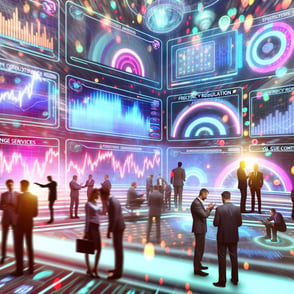

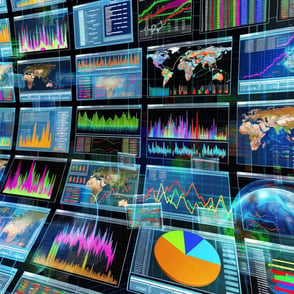
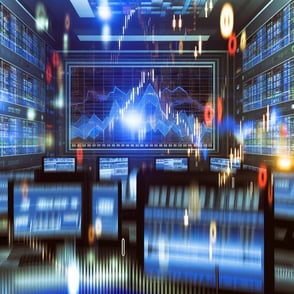


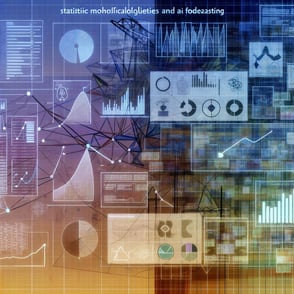







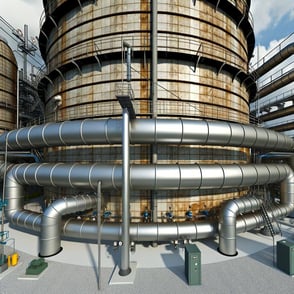



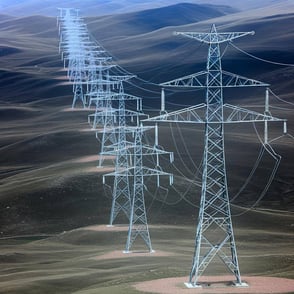












.png)
.png)
-1.png?width=250&height=100&name=etpa-logo-color%20(1)-1.png)